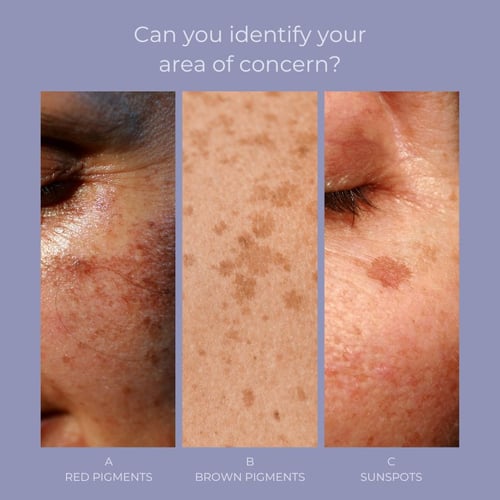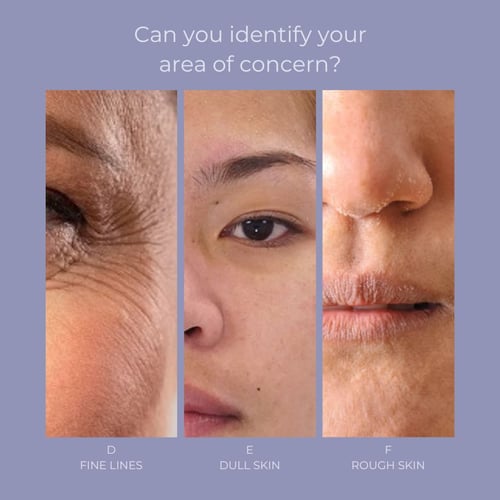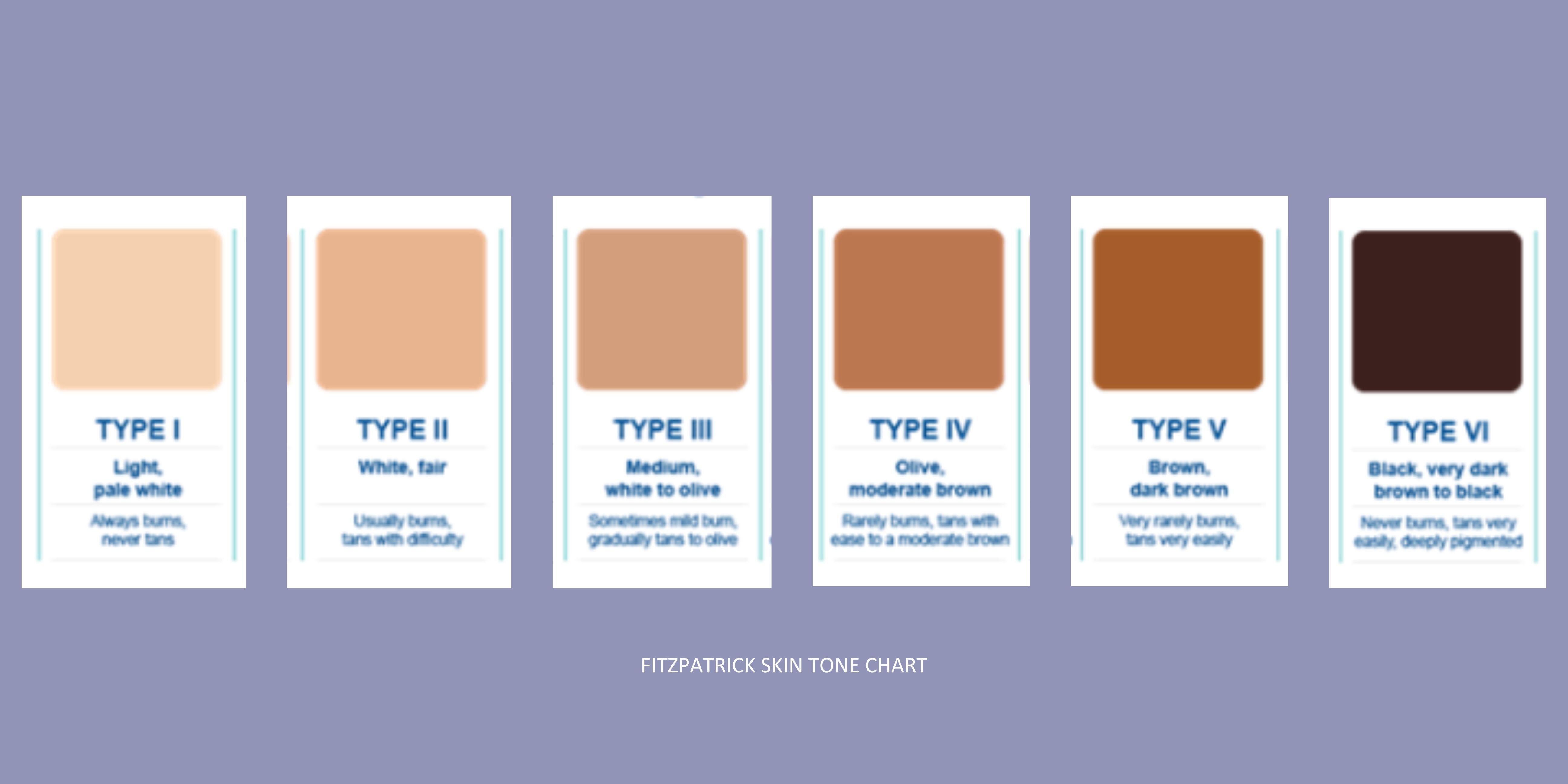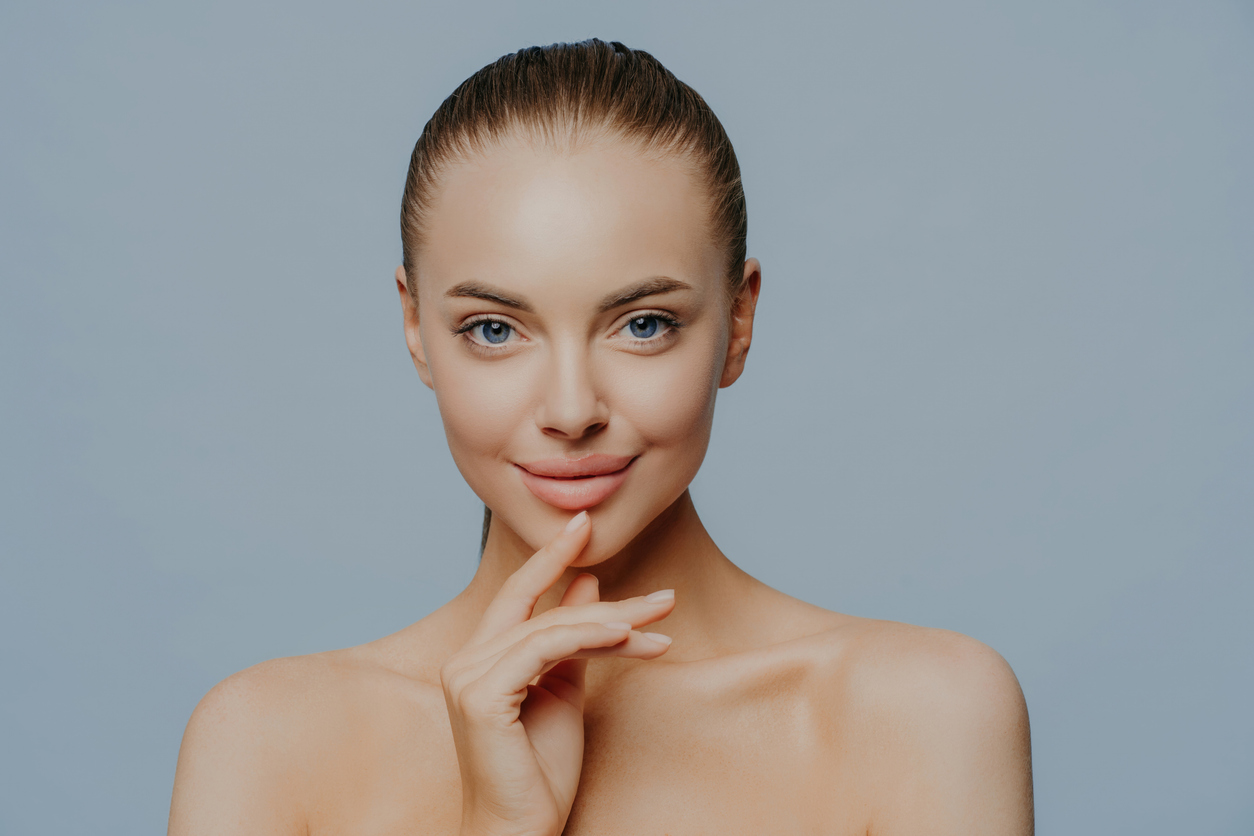Laser treatments are a great solution for treating rosacea, sun damage, pigmented post-inflammatory scars, diffuse facial redness, broken capillaries, and uneven skin textures.
But if you’ve never tried it out or have some apprehension, you understand how intimidating lasers seem. Where does one even begin? What skin type is safe for laser treatment? For example, what skin type is best for IPL (Intense Pulsed Light)?
This is our specialty at Lougheed Laser, located in Burnaby, British Columbia. We have been serving the Burnaby community since 1998 and are considered industry leaders in Aesthetic Lasers and Injectables.
In this post, we’ll explore these popular treatment styles and how to choose what’s best for your unique skin type.
How Do Lasers Work?
First off, are laser and light therapy the same?
Technically, yes.
Lasers use a narrow beam of light energy to create controlled damage to an area of the outer skin surface. This is because the word “laser” itself means light amplification by stimulated emission of radiation. In lay terms, laser can be used interchangeably with light treatment.
Following this, the laser heats the underlying skin to stimulate collagen. Newer skin is then created, resulting in smoother and tighter skin.
There are different types of laser treatments available. So, how do you choose what laser treatments work for you? Here are 3 factors to consider: skin tone, areas of concern and healing time.
Let’s get into it.
Decide Your Primary Area of Concern
Light and laser treatments are used to manage different skin conditions. For example, you can use laser treatment on the face to remove dark spots. It can also be used for laser hair removal, which you might be more familiar with.
Look through the images; which image represents your skin concerns more closely?


A, B and C will need a pigmentation-based, non-ablative treatment as the best treatment modality. These conditions are often due to increased melanin, skin injuries and sun exposure.
Non-ablative treatments work without removing the outermost skin. These lasers are less aggressive and focus more on collagen stimulation rather than skin layer damage. Therefore, they mainly address discoloration, redness concerns, texture and pore size.
We offer some non-ablative light and laser treatments at Lougheed Laser Centre.

Before & After (Fraxel Laser Treatment)
On the other hand, D, E and F are texture-based and often managed with ablative treatment. These conditions are often due to dead skin cell build-up, environmental pollutants, scarring and aging.
However, because ablative treatments have a longer recovery time because of the deeper extent of skin tissue damage, non-ablative options like Fraxel can be used.
This is why we’d rather offer non-ablative treatments for these conditions, as these offer zero to minimal downtime, less swelling and lower infection risks.
We do not offer any ablative treatments, but here is an example:
Consider Your Skin Tone
It’s important to consider your skin type as this will determine if you are a candidate for certain light and laser treatments.
For example, some Fitzpatrick skin types, such as Type VI (in the image below), are not suited to laser treatment. This is because skin types with inherent pigmentation aren’t compatible since the laser is drawn to the natural pigment.
At Lougheed Laser, we use the Fitzpatrick model to decide the best treatment for your skin tone. During your consultation, we will also determine your skin sensitivity level and other factors. For example, melasma can pose more risk with this treatment.
Also, we don't recommend light therapy like BBL if your skin type is from type IV to VI. We’d rather recommend a specialized medical-grade skin care regime combined with lasers like Clear + Brilliant or Fraxel, which can safely be used on these skin types.

Fitzpatrick Skin Types (I - VI)
Be Prepared for Recovery Time
The recovery time varies based on whether it’s an ablative or non-ablative laser treatment. Since we offer non-ablative treatments, your downtime will be minimal (at most 4 to 7 days). This means you can resume most activities within a day or two after treatment, but you may want to avoid social situations while your skin fully recovers.
With Clear + Brilliant, BBL and IPL, expect zero to minimal downtime; with Fraxel, expect about a week of social downtime.
For these non-ablative treatments, redness and swelling usually resolve within 24 hours. This is unlike the ablative, which can last weeks and pose a huge risk for infections.
Also, remember that you’d need to avoid sun exposure for about 1-month post-treatment. This can be mitigated with consistent sunscreen use.
All Set? Book Your Light and Laser Appointment at Lougheed Laser.
It’s time to take action. But even if you’re still uncertain or have other concerns, you can schedule a consultation with us.
Here’s an extra tip from our experts to note:
After treatment, sunscreen (and its consistent reapplication) will be your best friend.
“Avoid sun exposure for one month before, during and after your treatment. Use sunscreen. Also, no photosensitive medication 7-10 days prior to treatment – oral or topical.”
Regardless of your skin type, our highly trained treatment designers and laser technicians are ready to manage your skin concerns.
Let’s chat about your laser treatment options today.









.png)